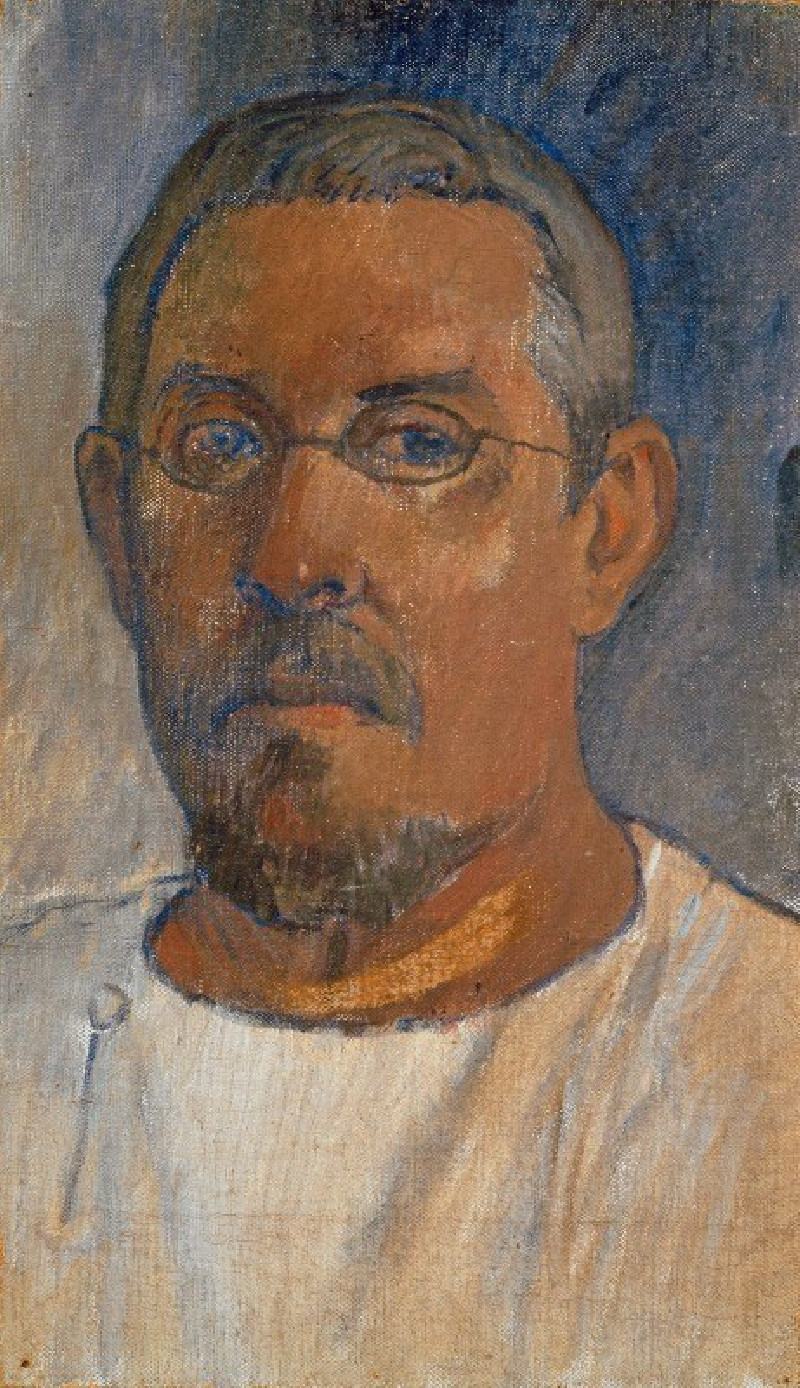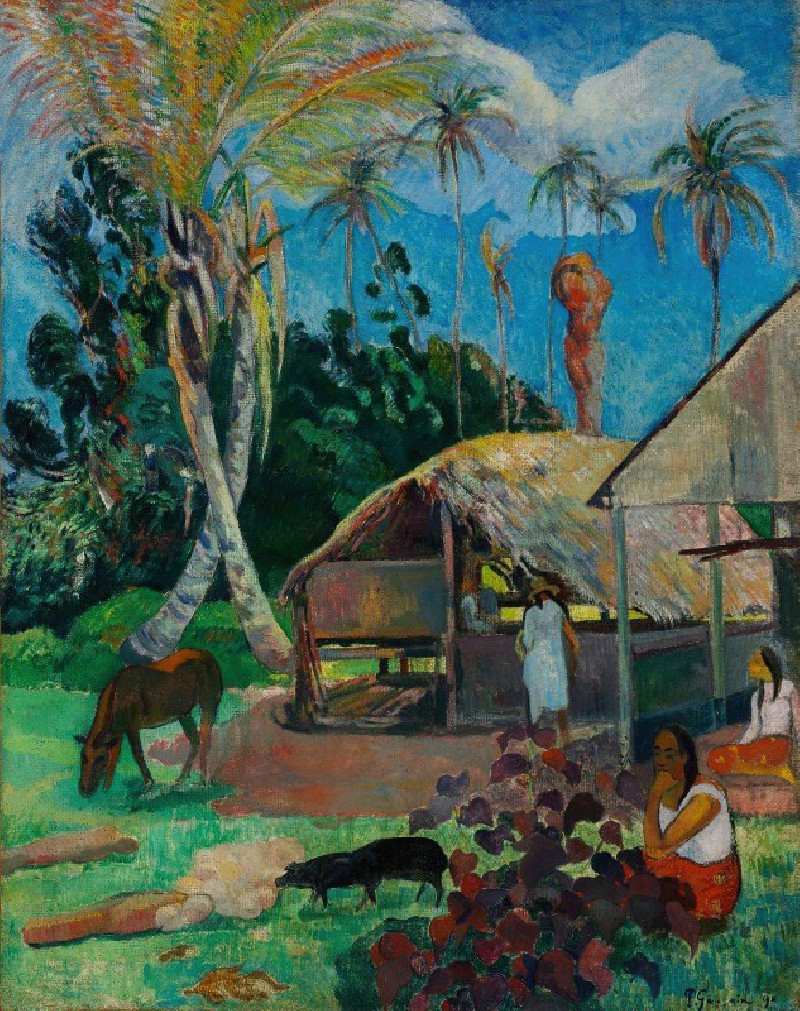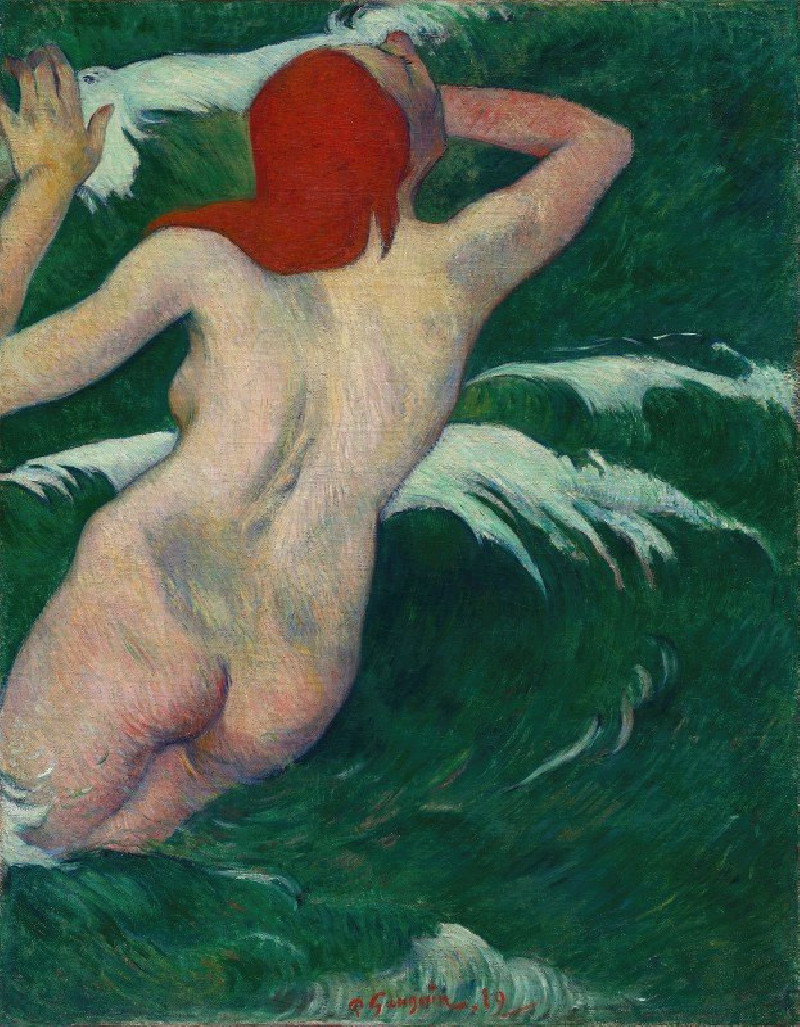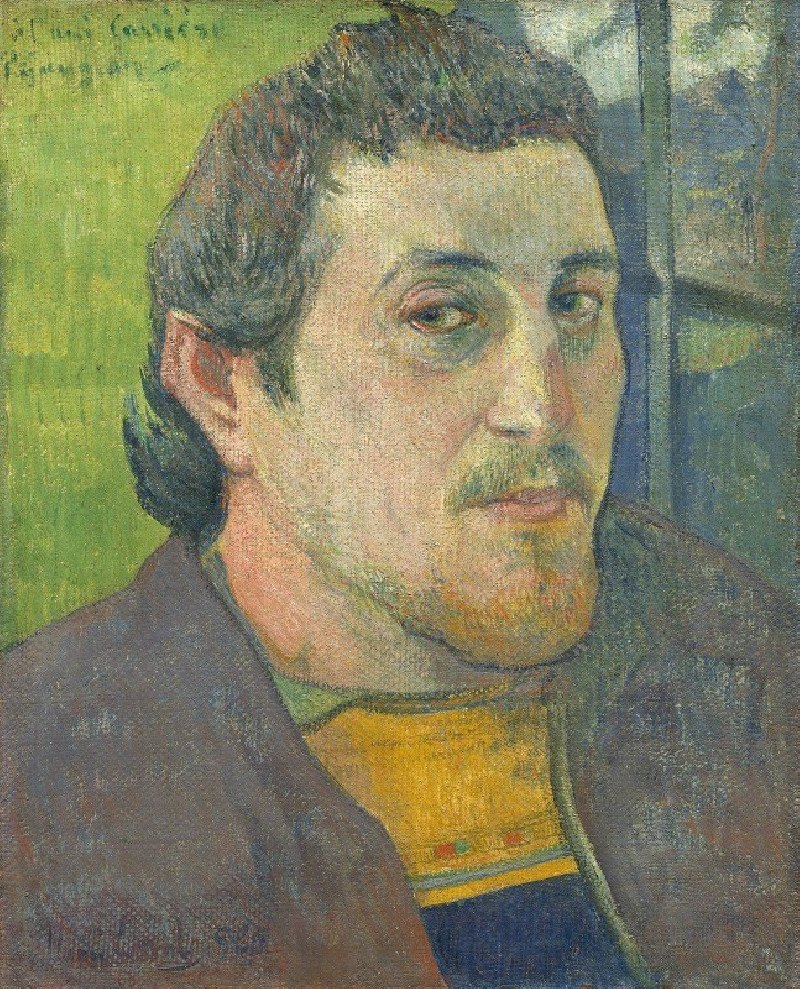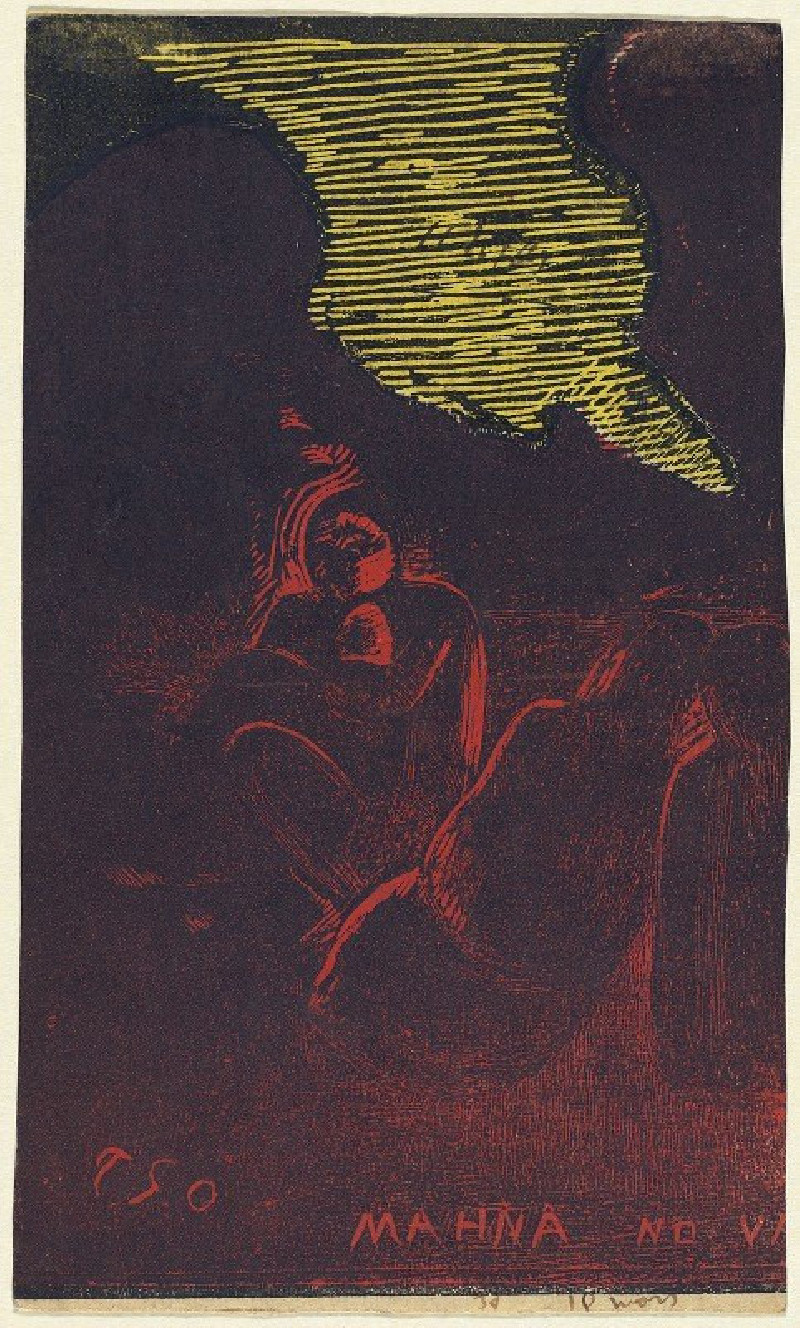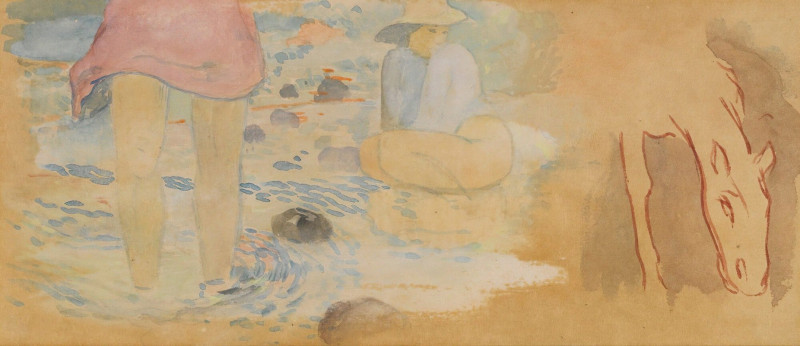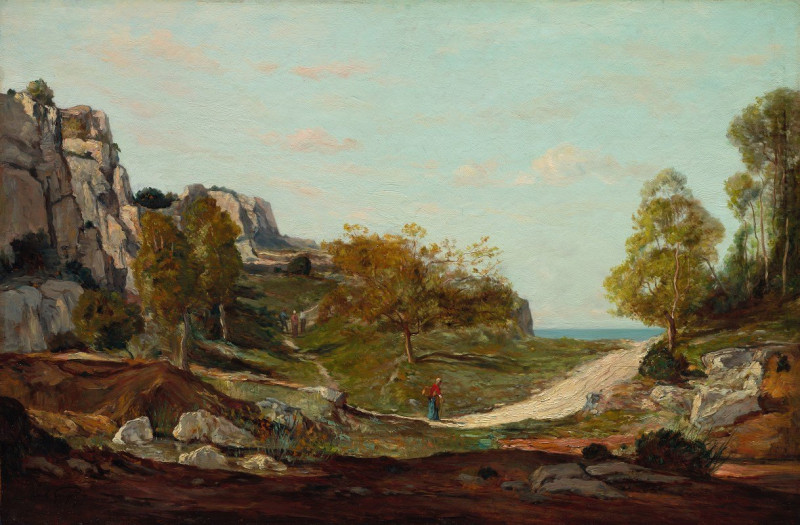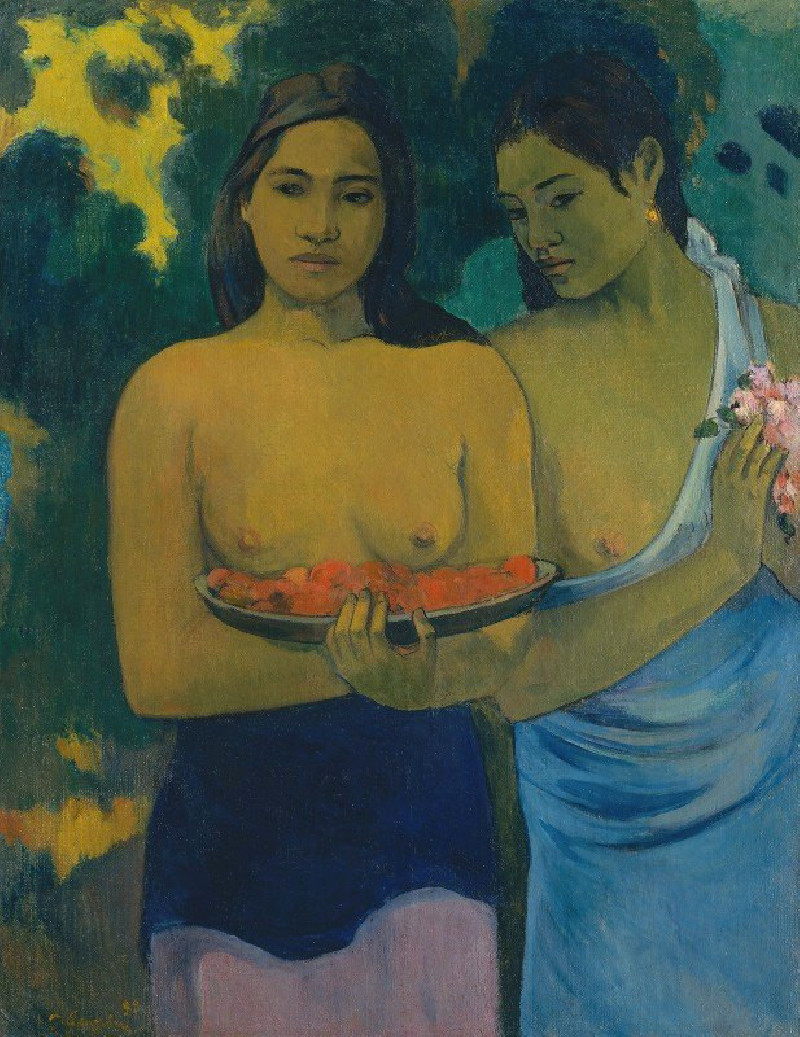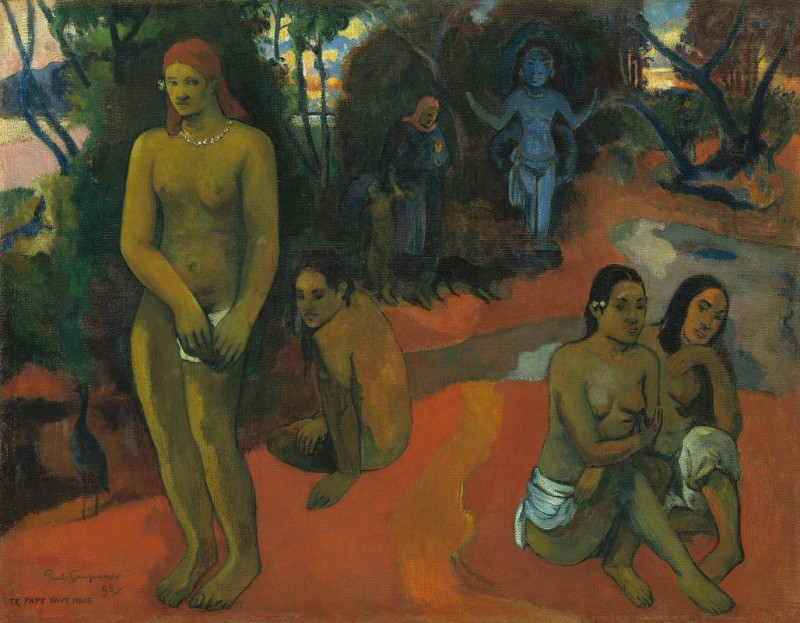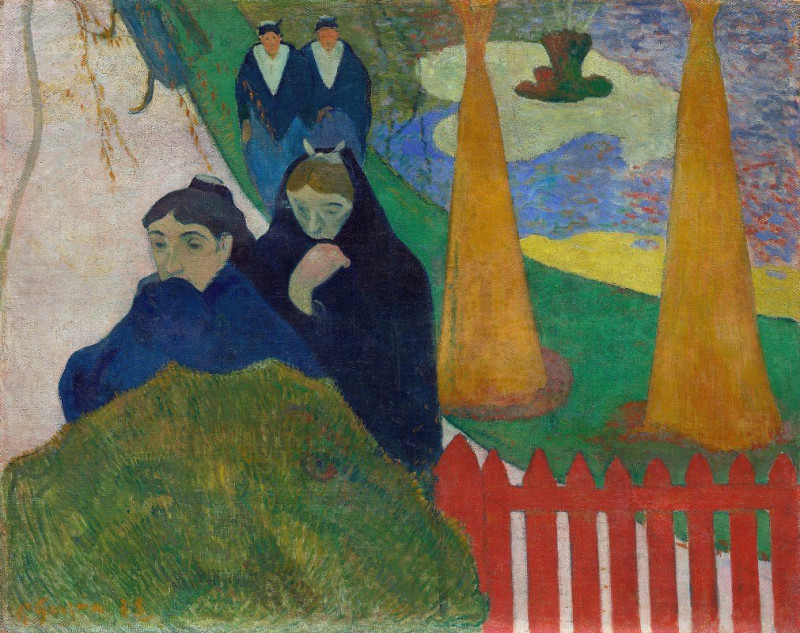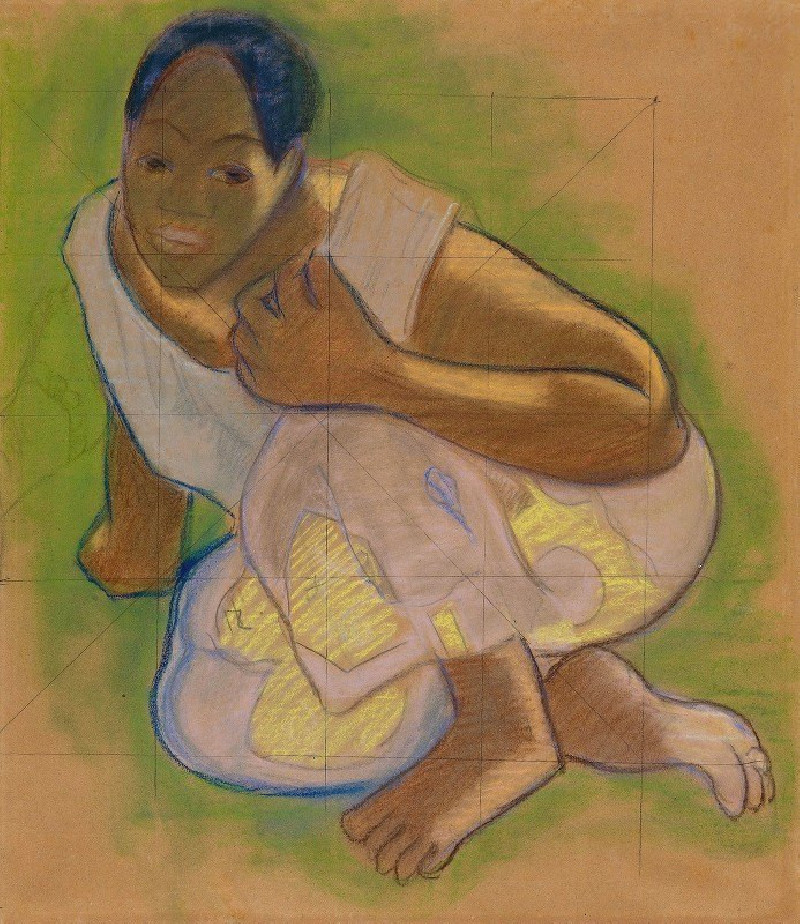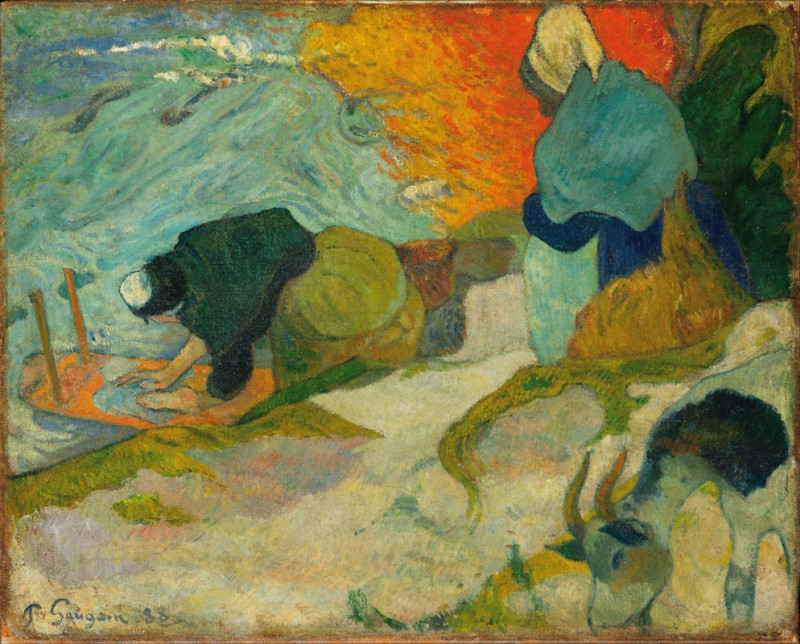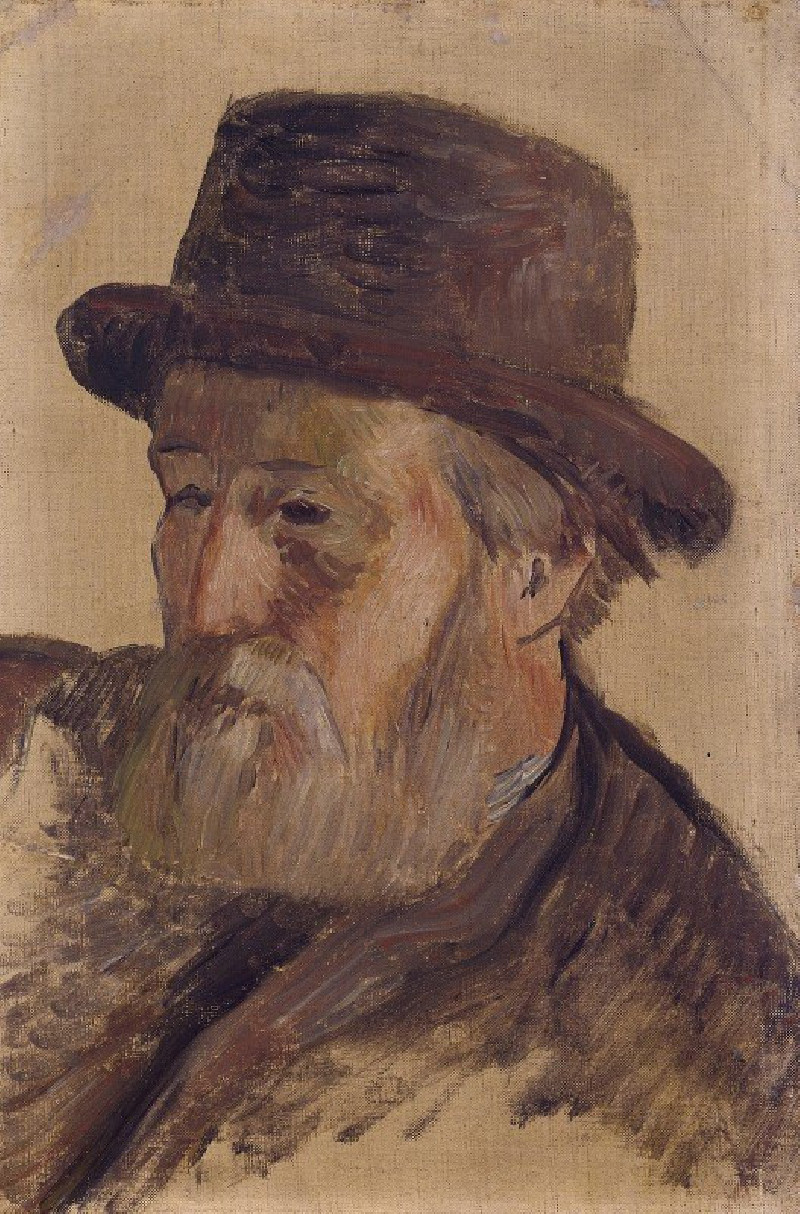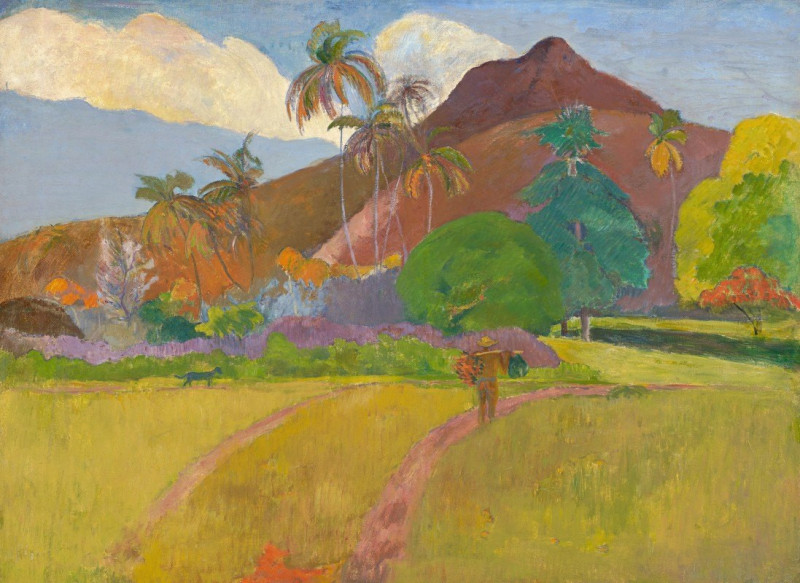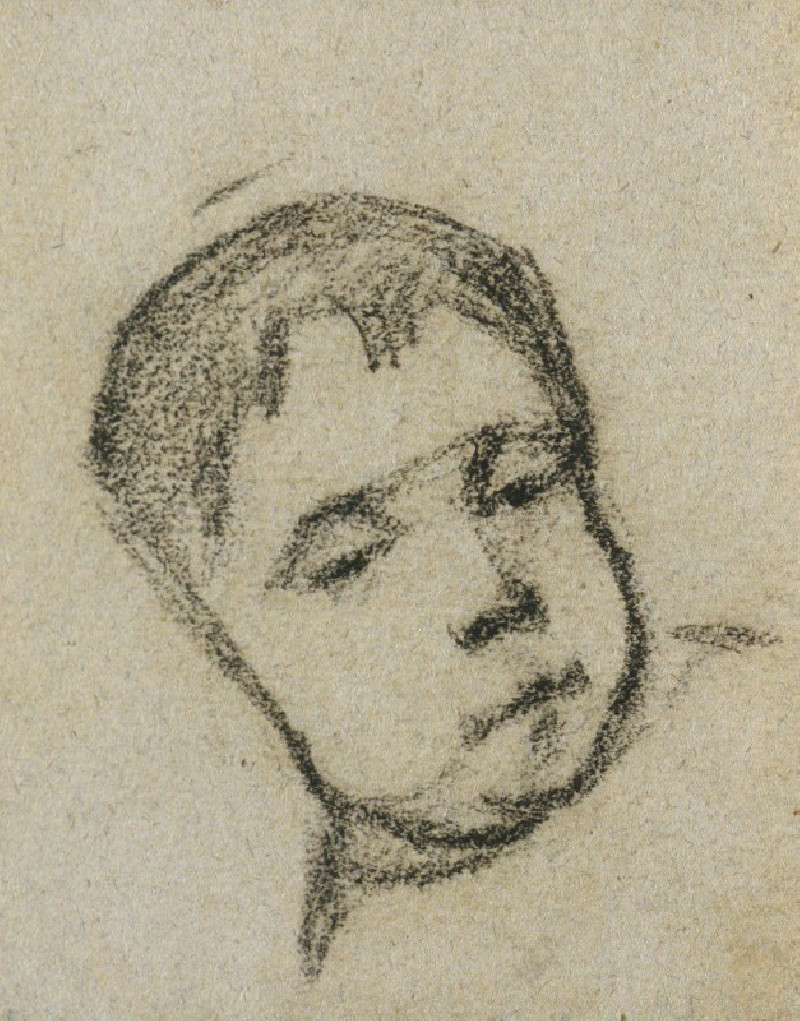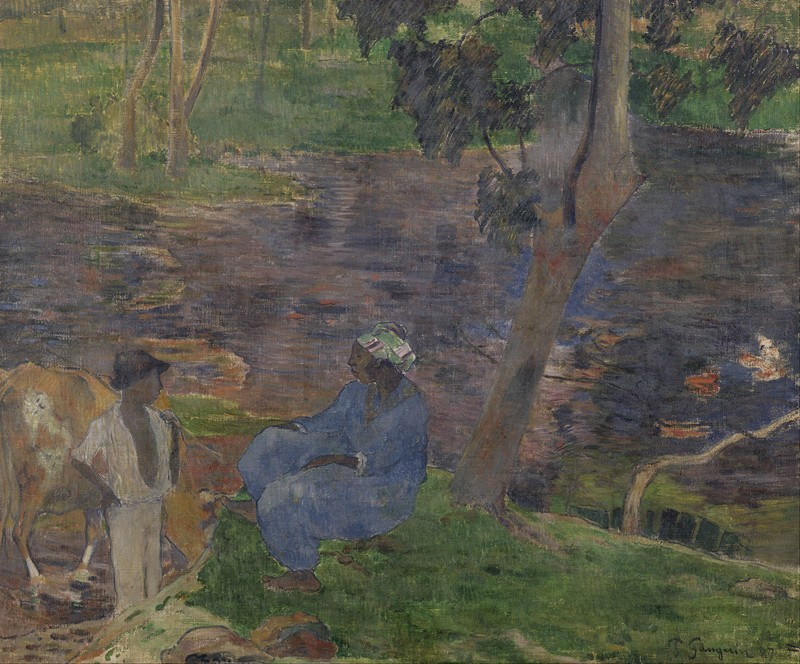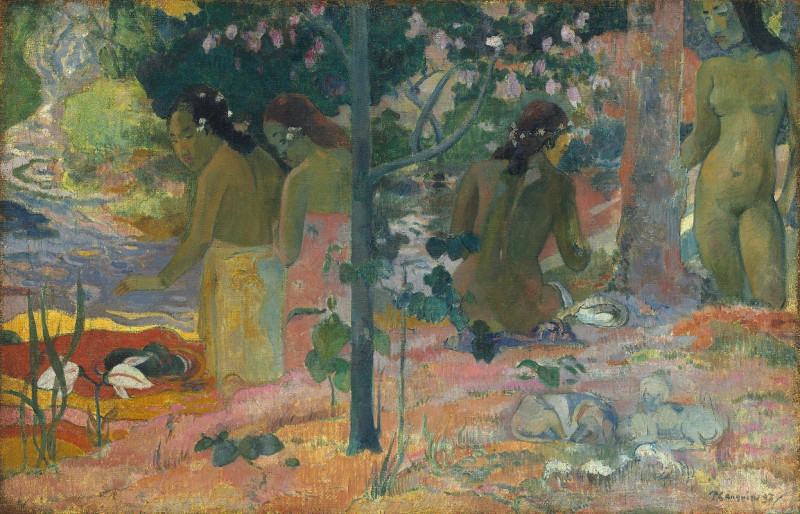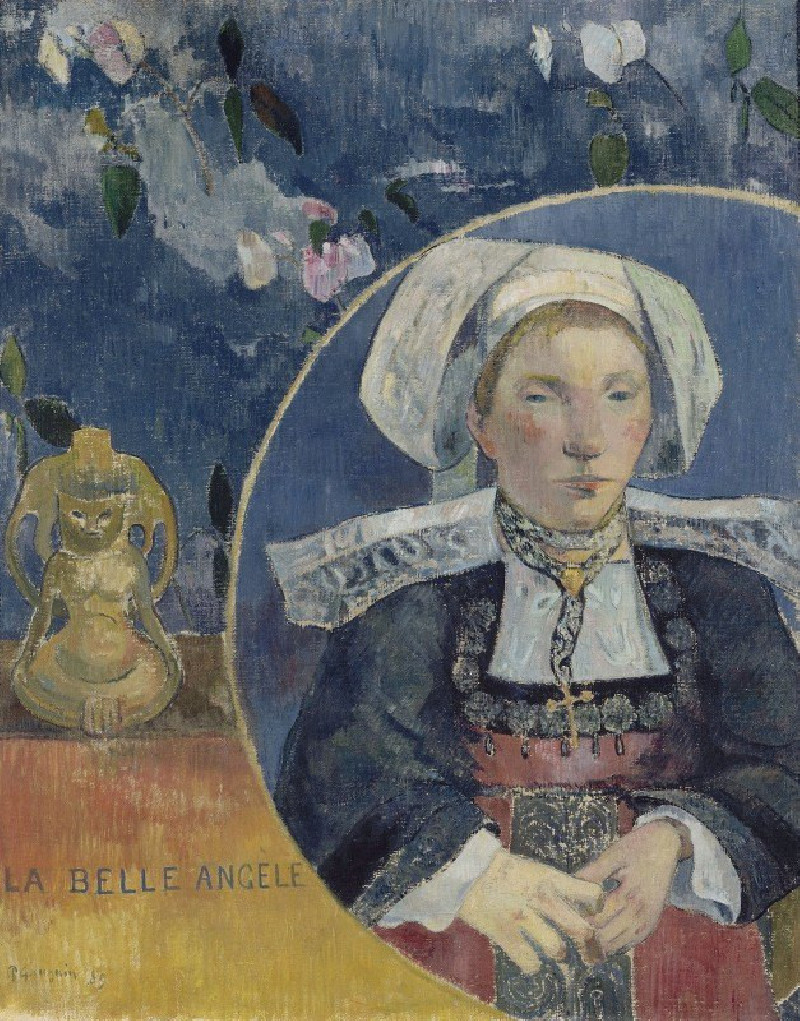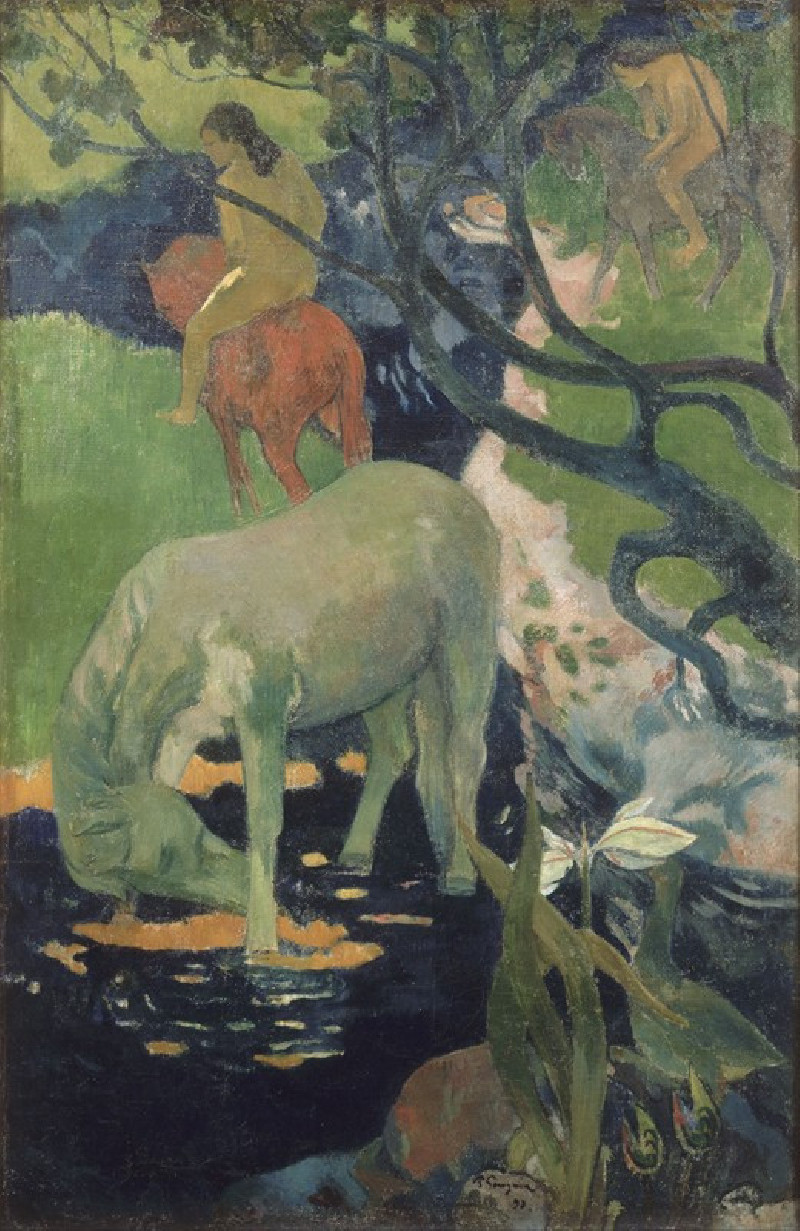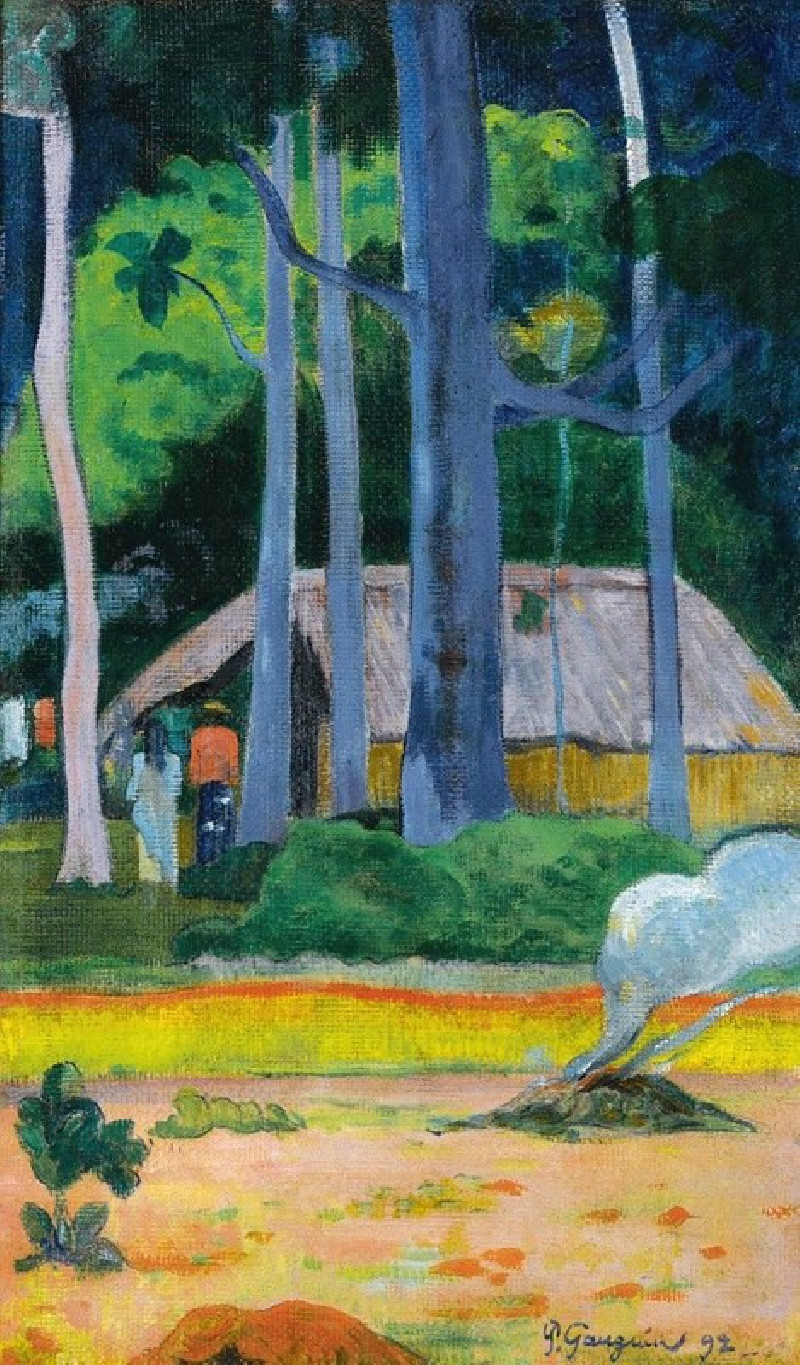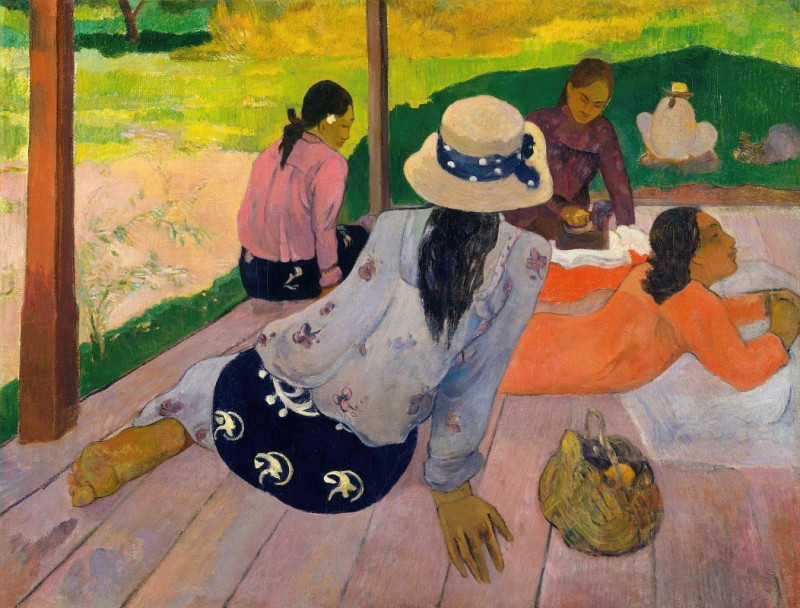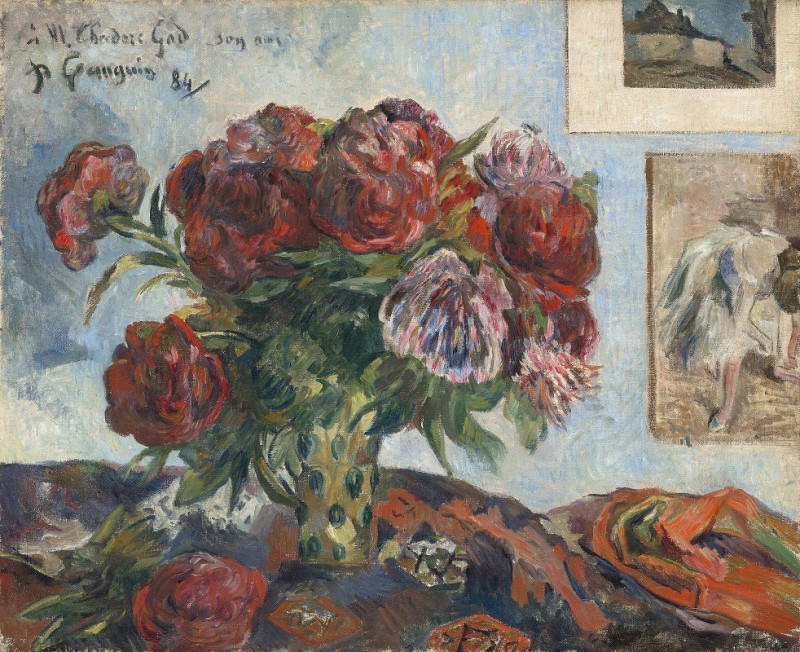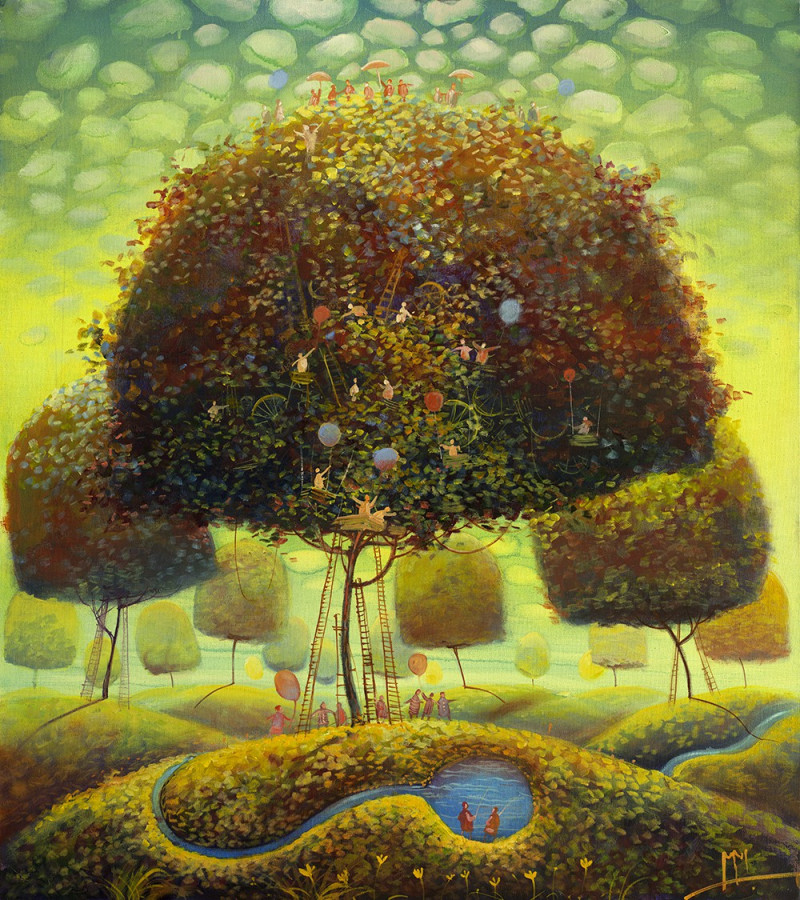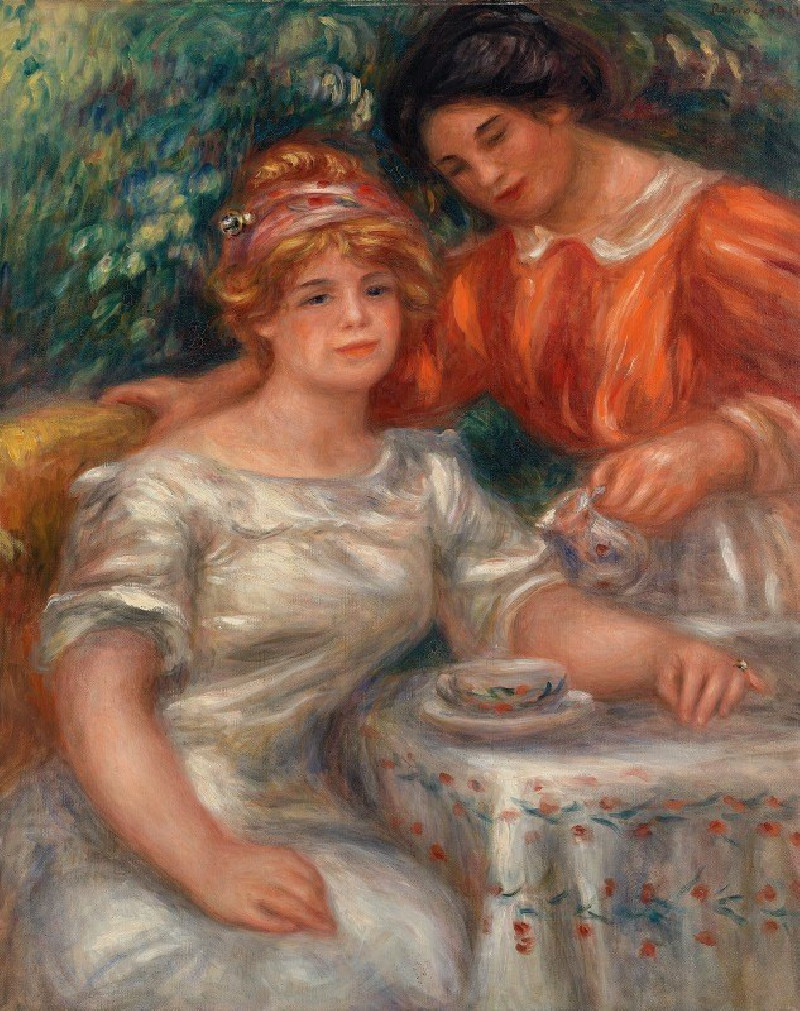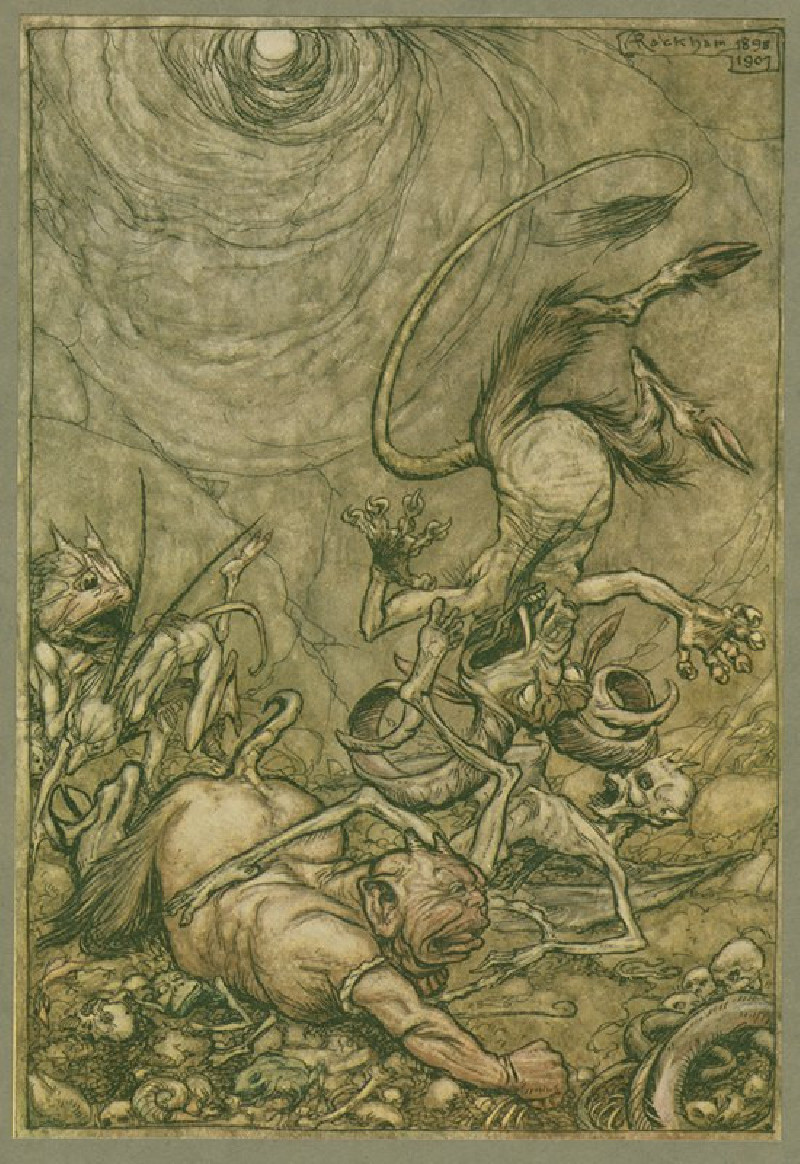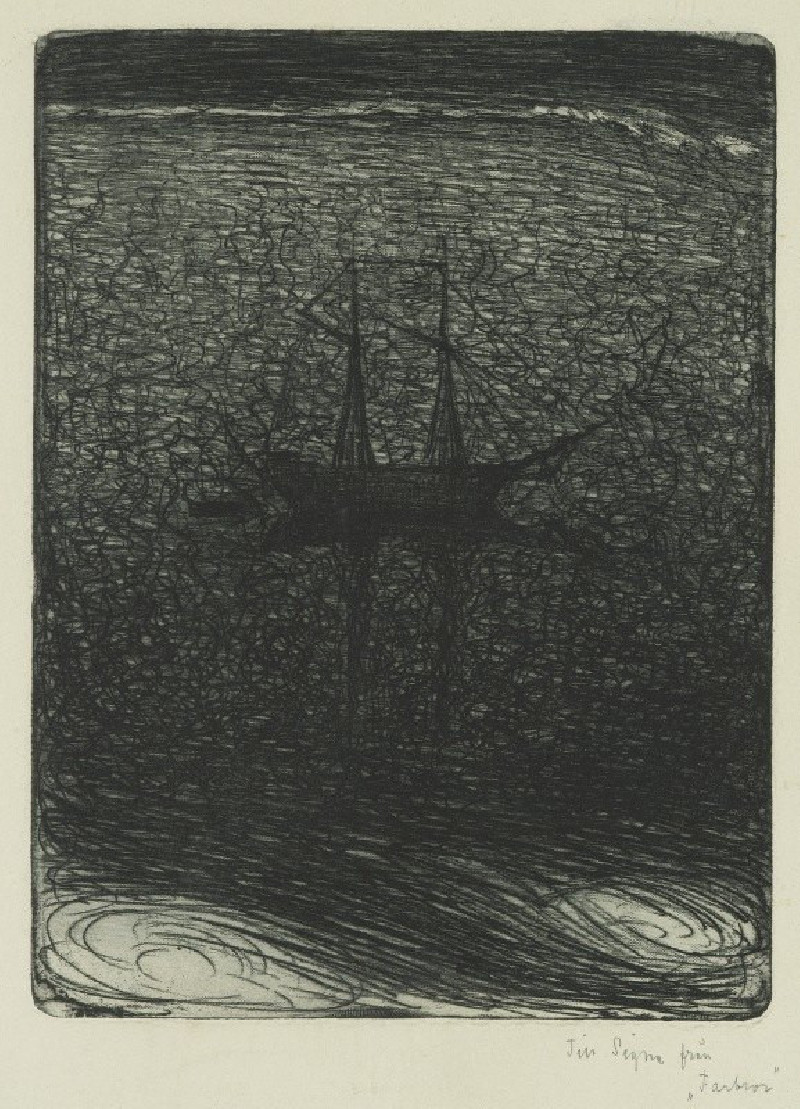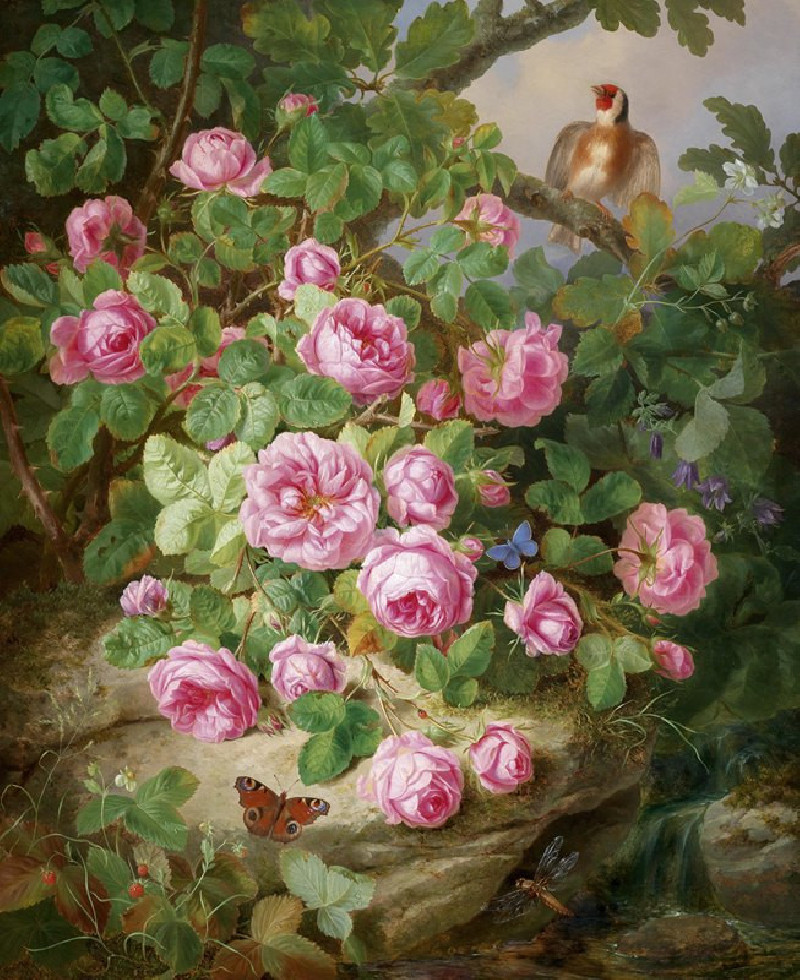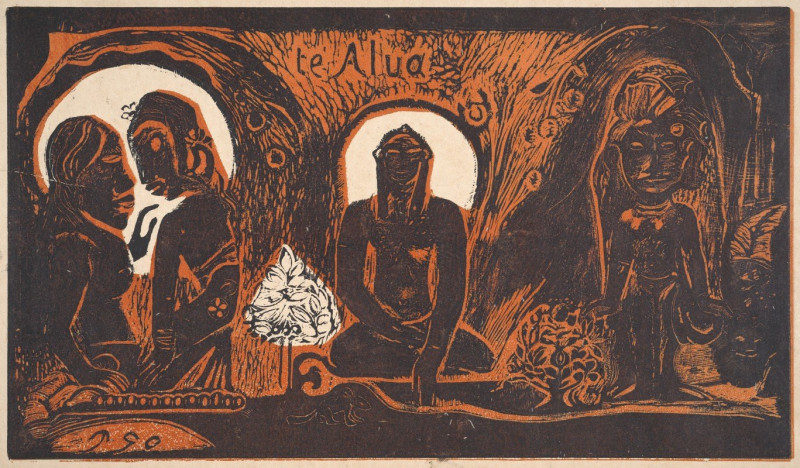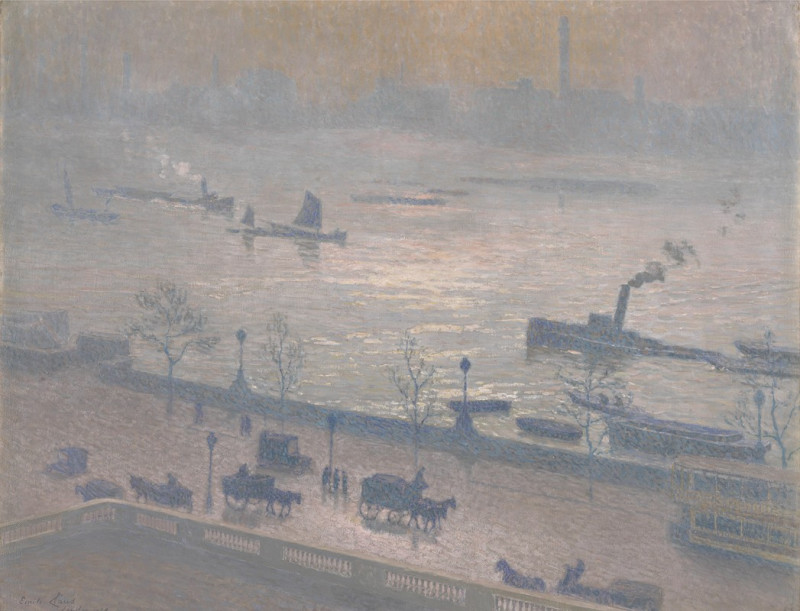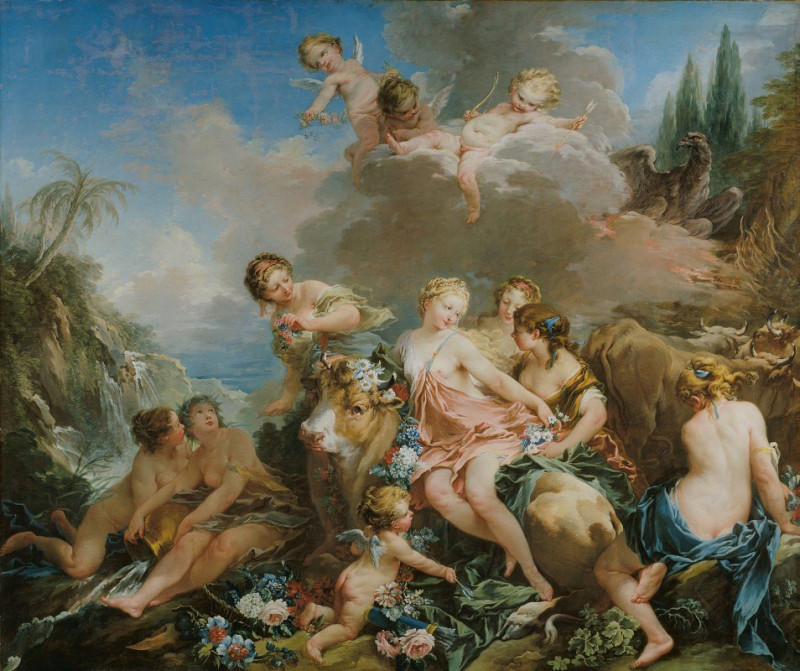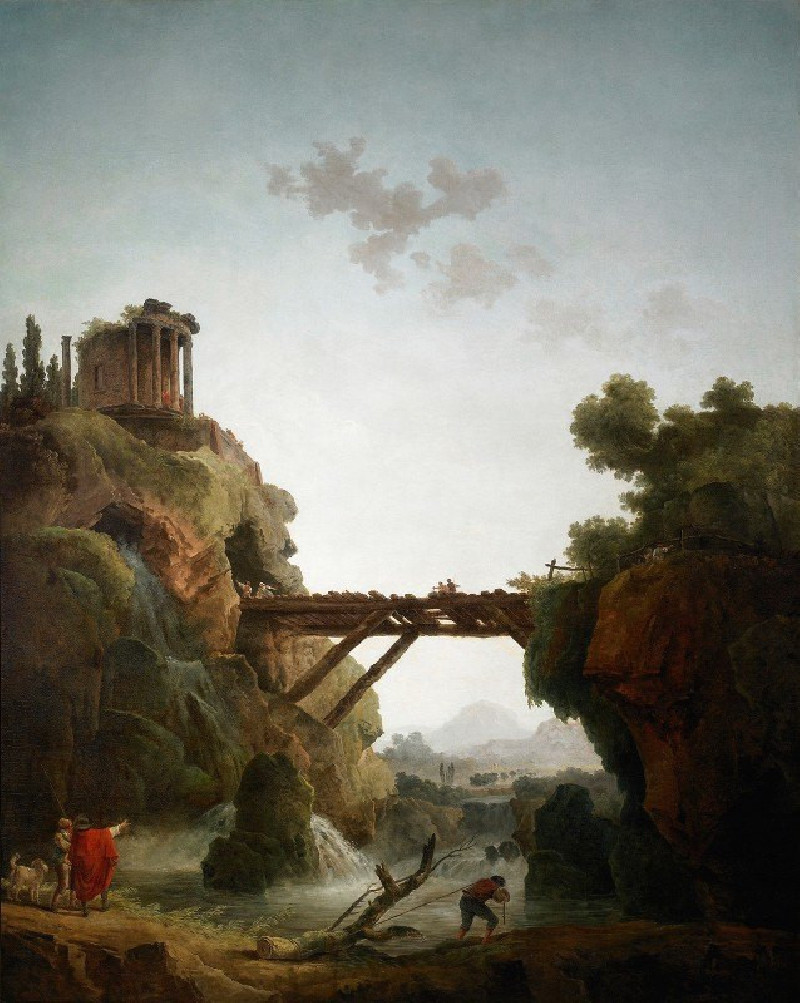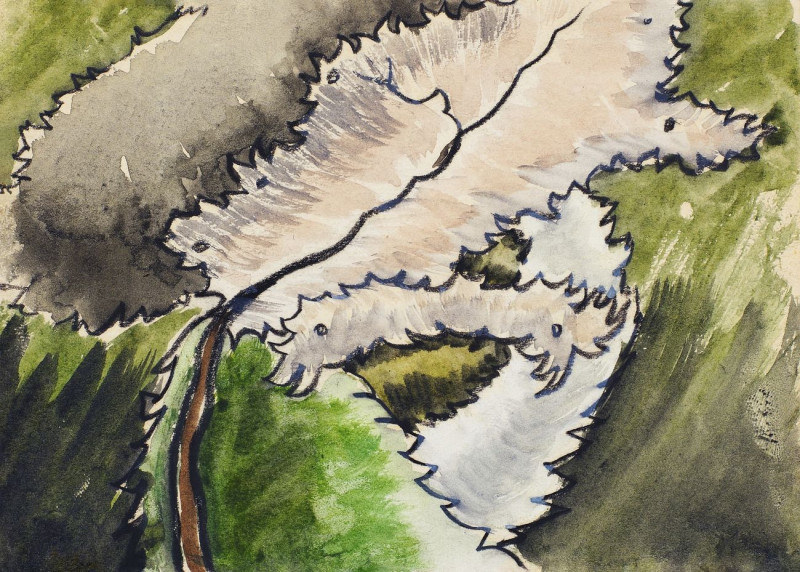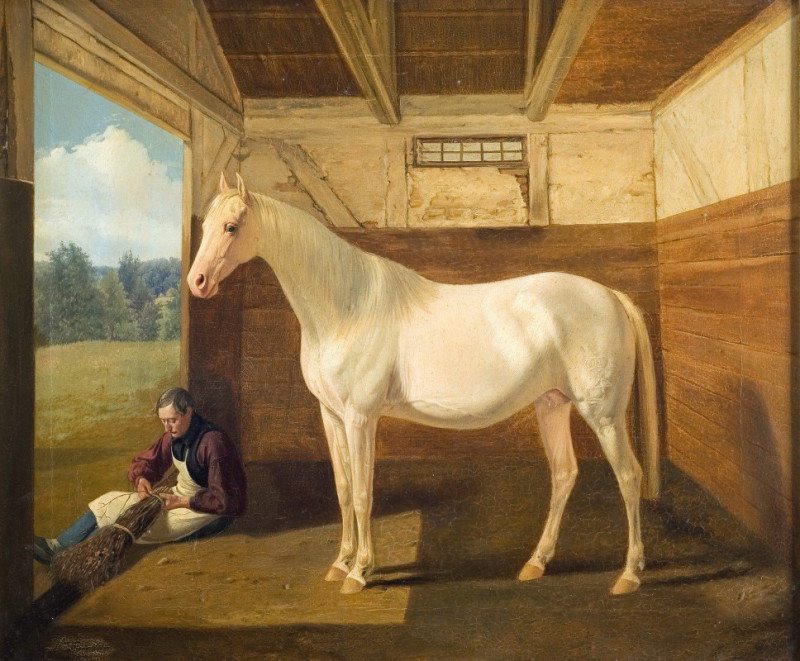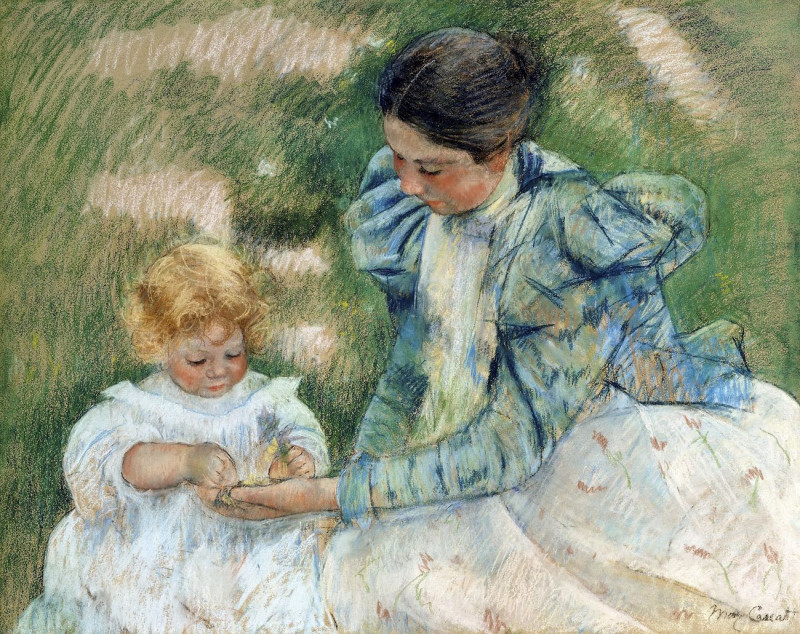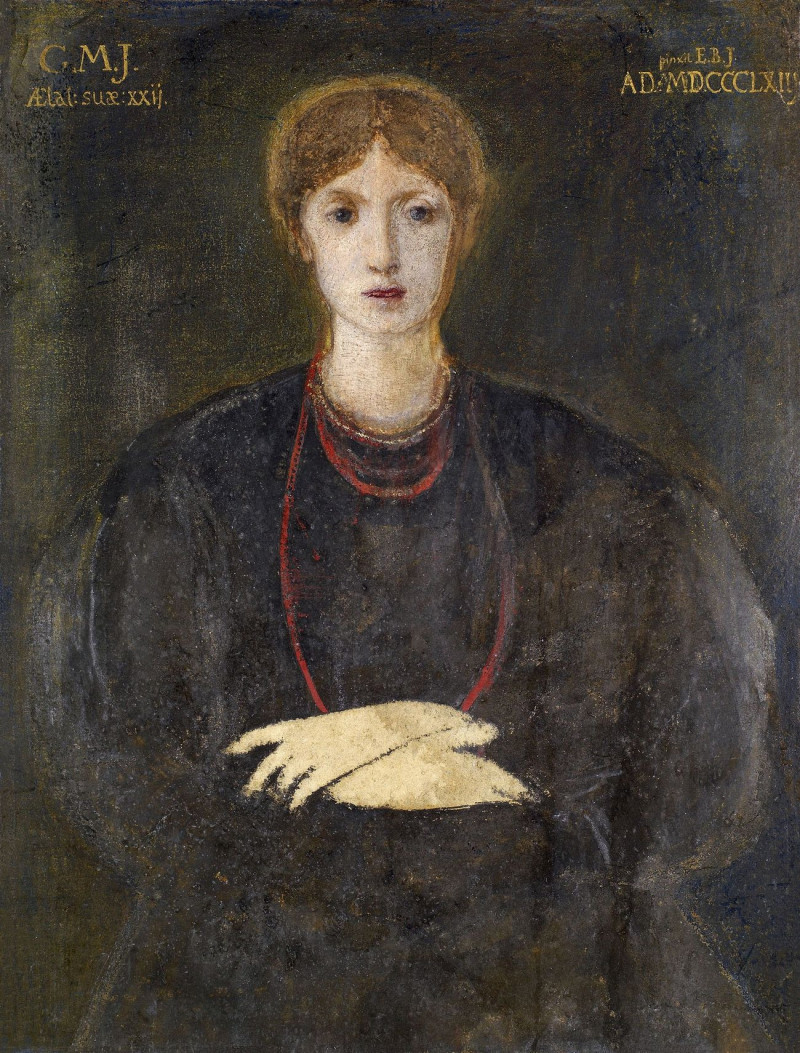Self-Portrait (1903)
Technique: Giclée quality print
Recommended by our customers
More about this artwork
Paul Gauguin, a pioneer of Symbolist art whose work was highly influenced by the sojourns in exotic locales, encapsulates a moment of solemn introspection in his self-portrait painted in 1903. This painting, a stark deviation from his vibrant Tahitian scenes, focuses sharply on the artist himself, presenting a deeply personal glimpse into his psyche during his later years.Gauguin's self-portrait is stark in its simplicity and compelling in its intensity. The face occupies the majority of the canvas, set against a muted, almost indistinct background that seems to push our focus inevitably towards his expression. His gaze meets the viewer directly, exuding a sense of clarity and resignation. The sophisticated use of color subtly plays across his face—earthy tones meld with hints of blues and greens, suggesting depth and complexity beneath his outwardly calm exterior.This artwork not only portrays Gauguin's distinctive features—his strong, lined face and clear, penetrating eyes—but also serves as a narrative of his life’s journey. The artist’s expression is thoughtful, perhaps even burdened, reflecting the tumultuous and often solitary path he had chosen in life. His eyeglasses, a simple yet significant detail, suggest both the passage of time and the wisdom accrued.In "Self-Portrait" (1903), Gauguin not only examines his own character and life but also engages us, the viewers, inviting us to ponder the emotional and psychological landscapes that define a creative visionary.
Delivery
Returns
Eugène Henri Paul Gauguin was a French Post-Impressionist artist. Unappreciated until after his death, Gauguin is now recognized for his experimental use of color and Synthetist style that were distinct from Impressionism. Toward the end of his life, he spent ten years in French Polynesia. The paintings from this time depict people or landscapes from that region.

